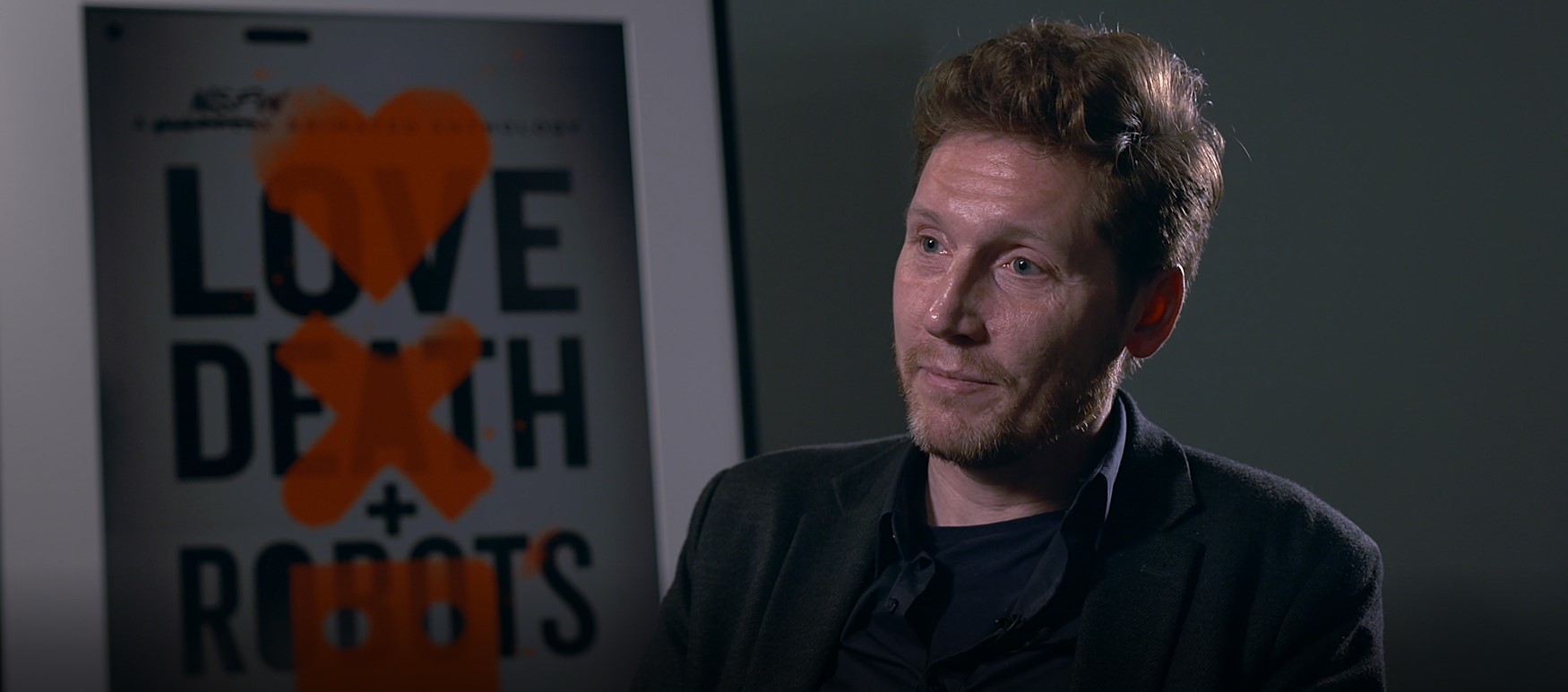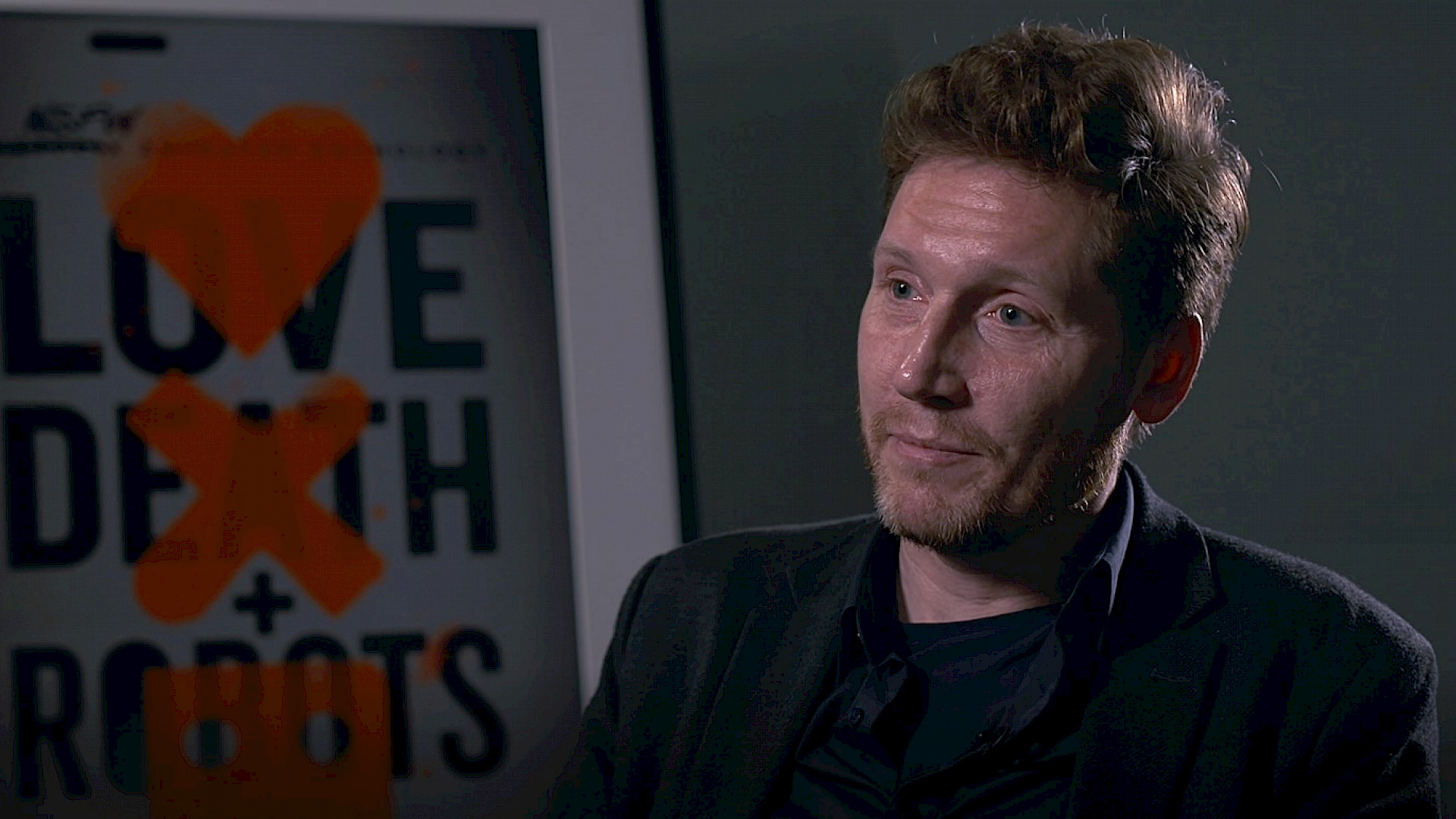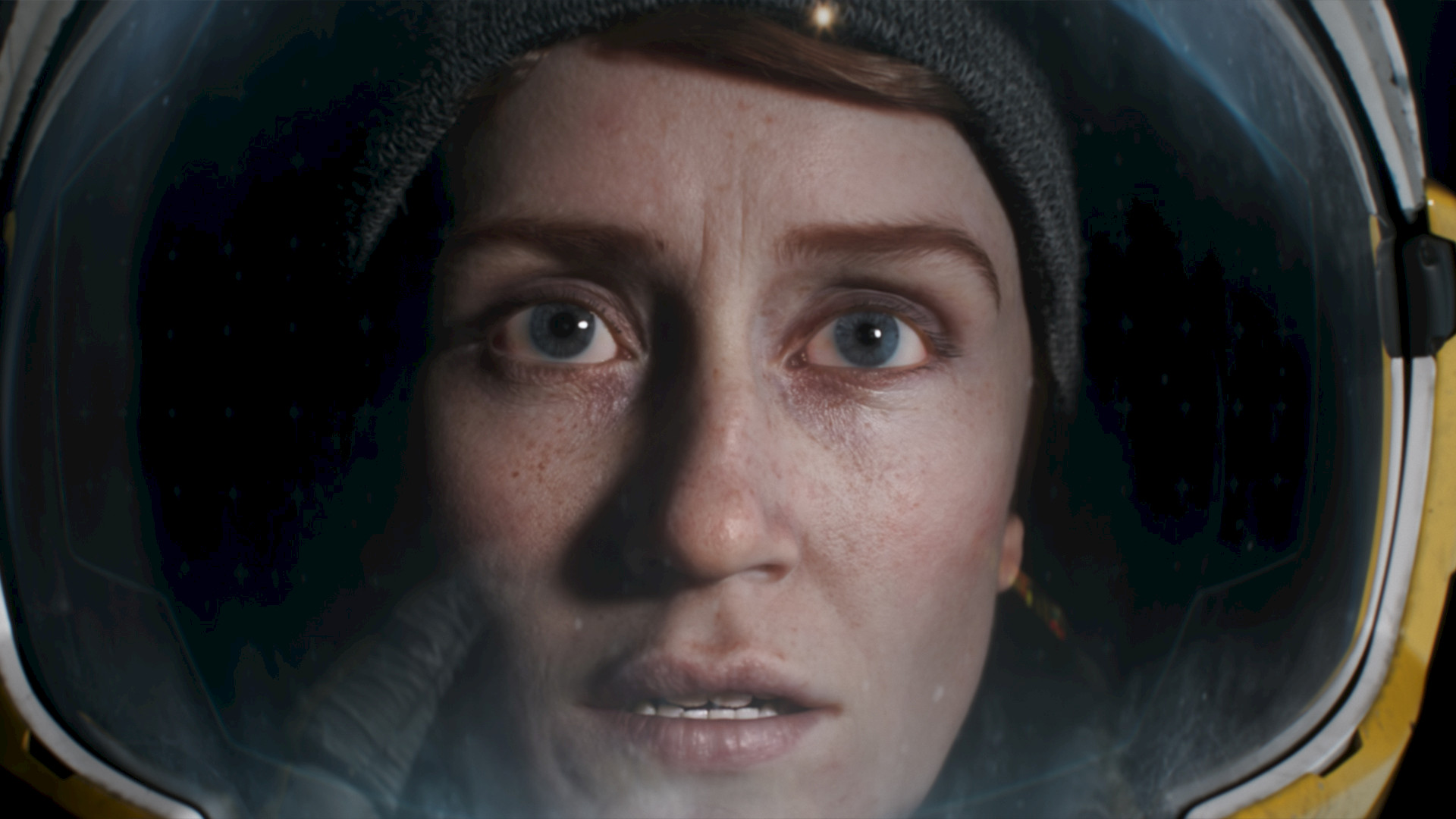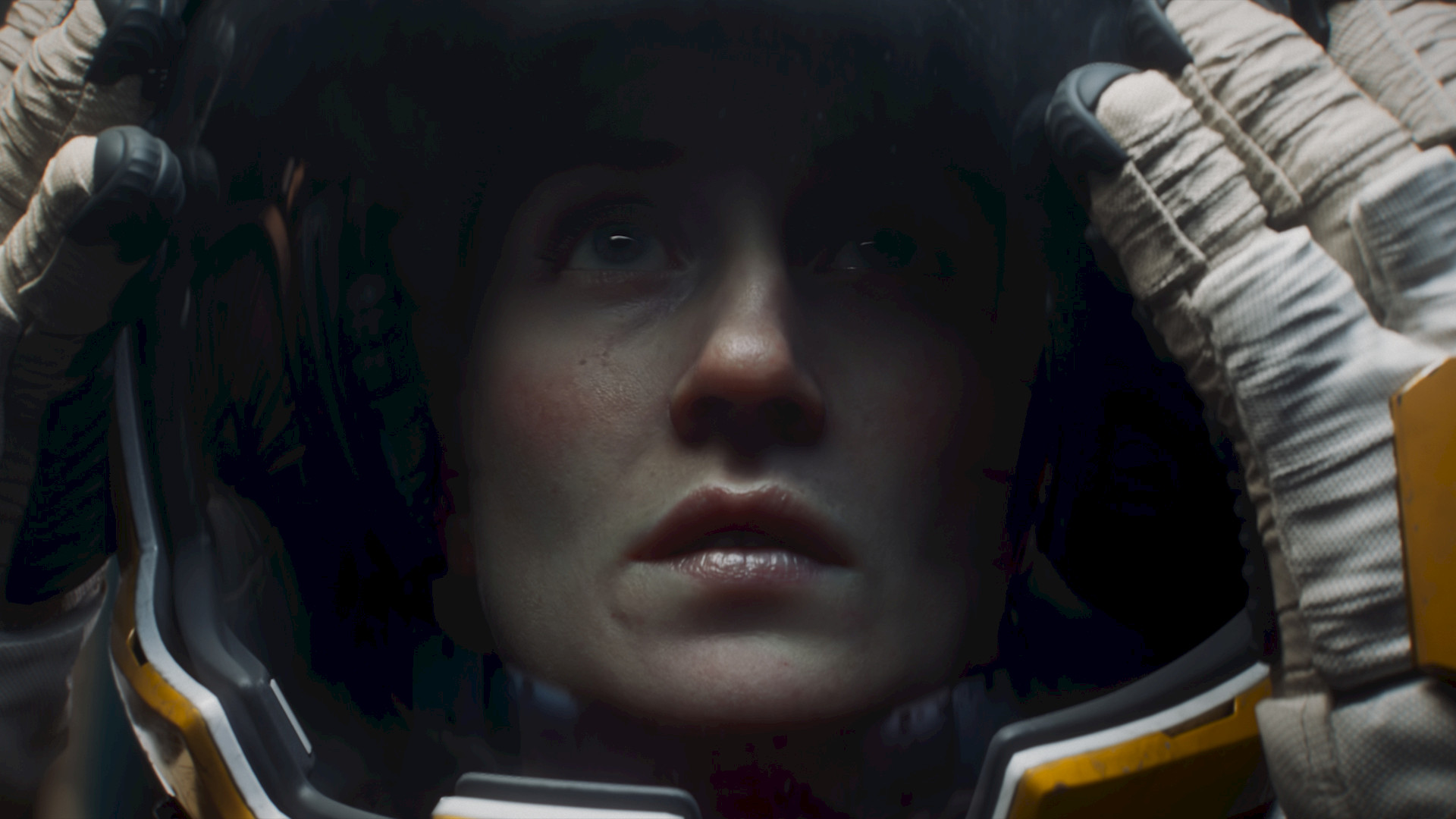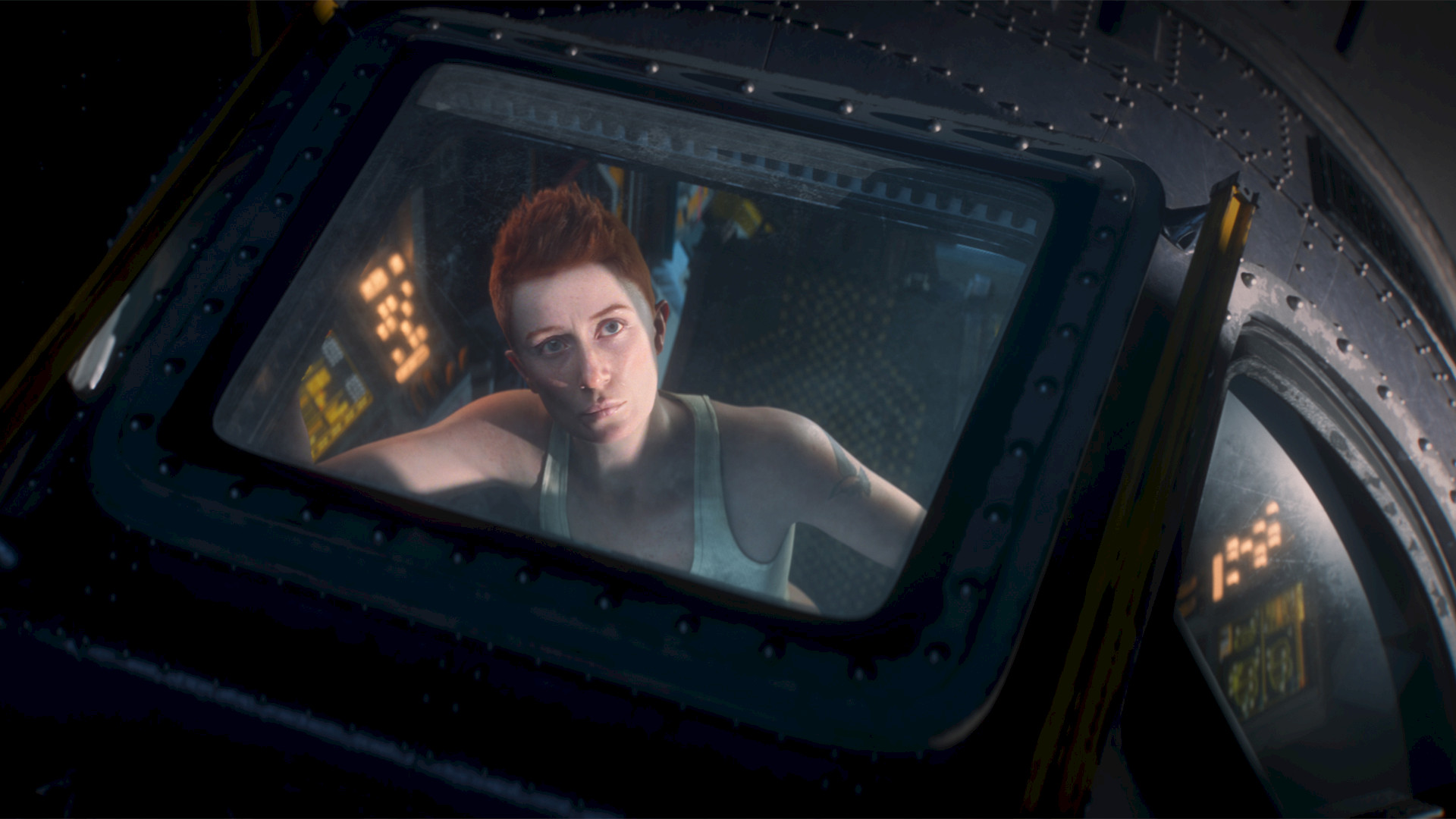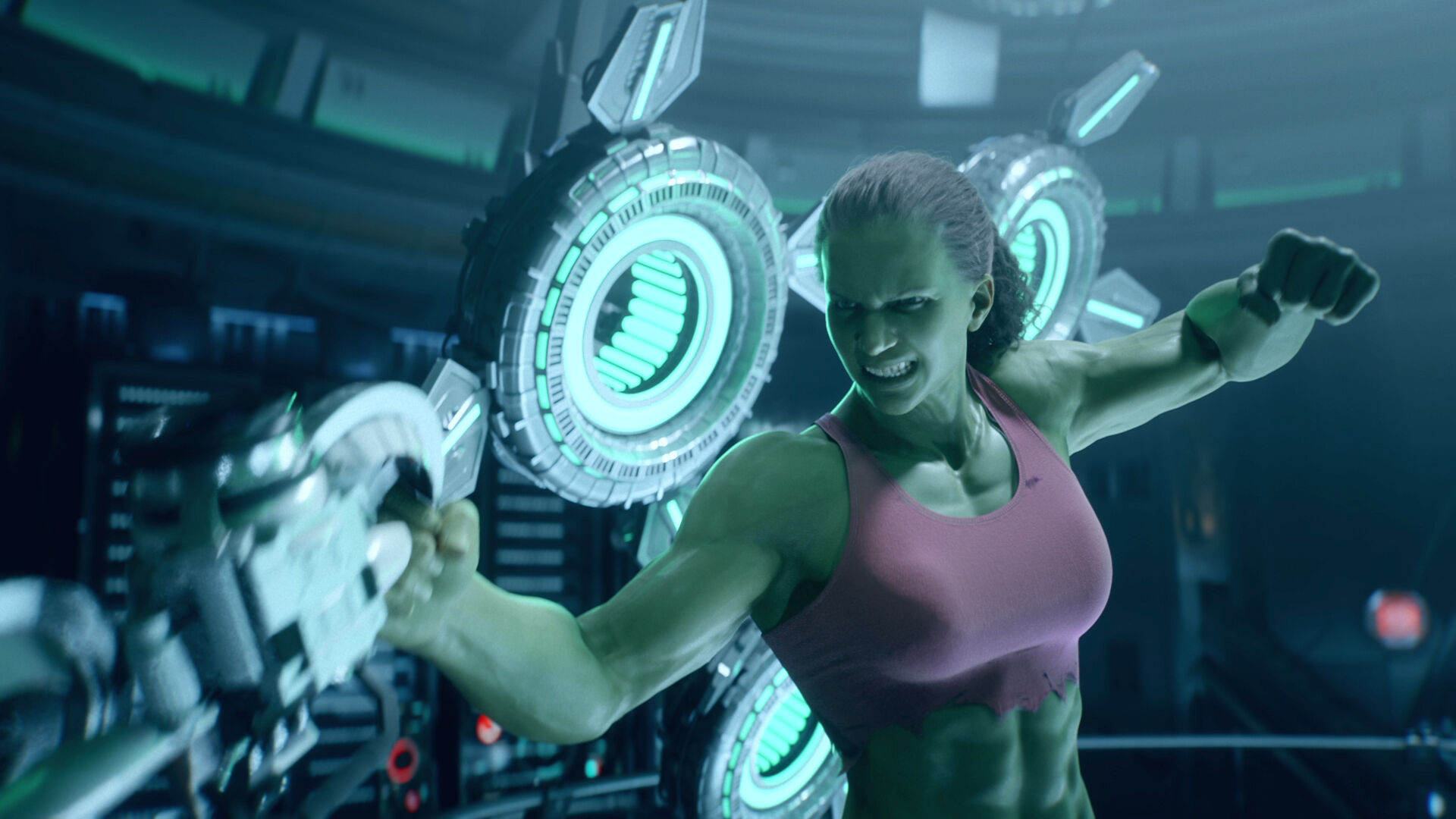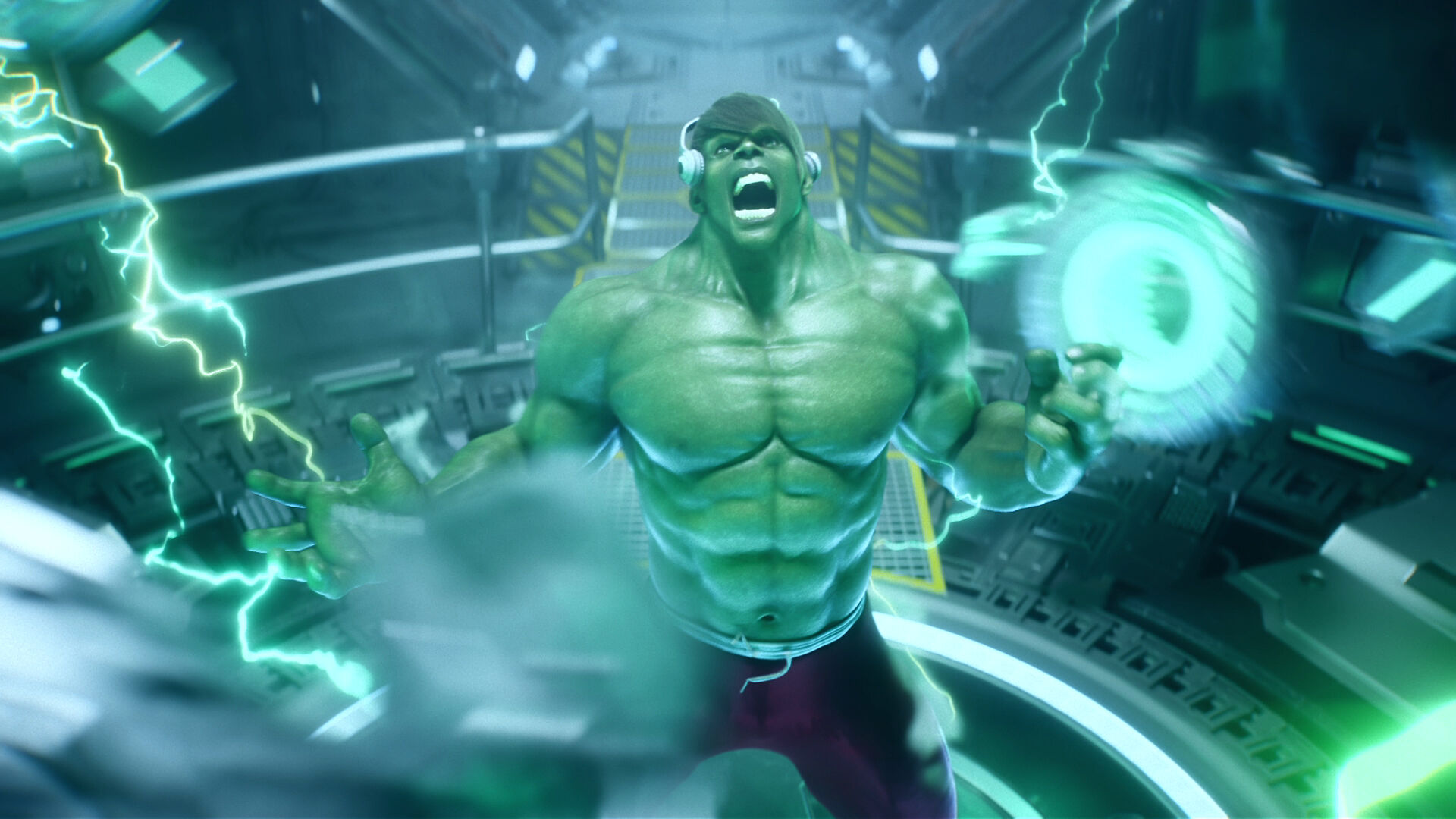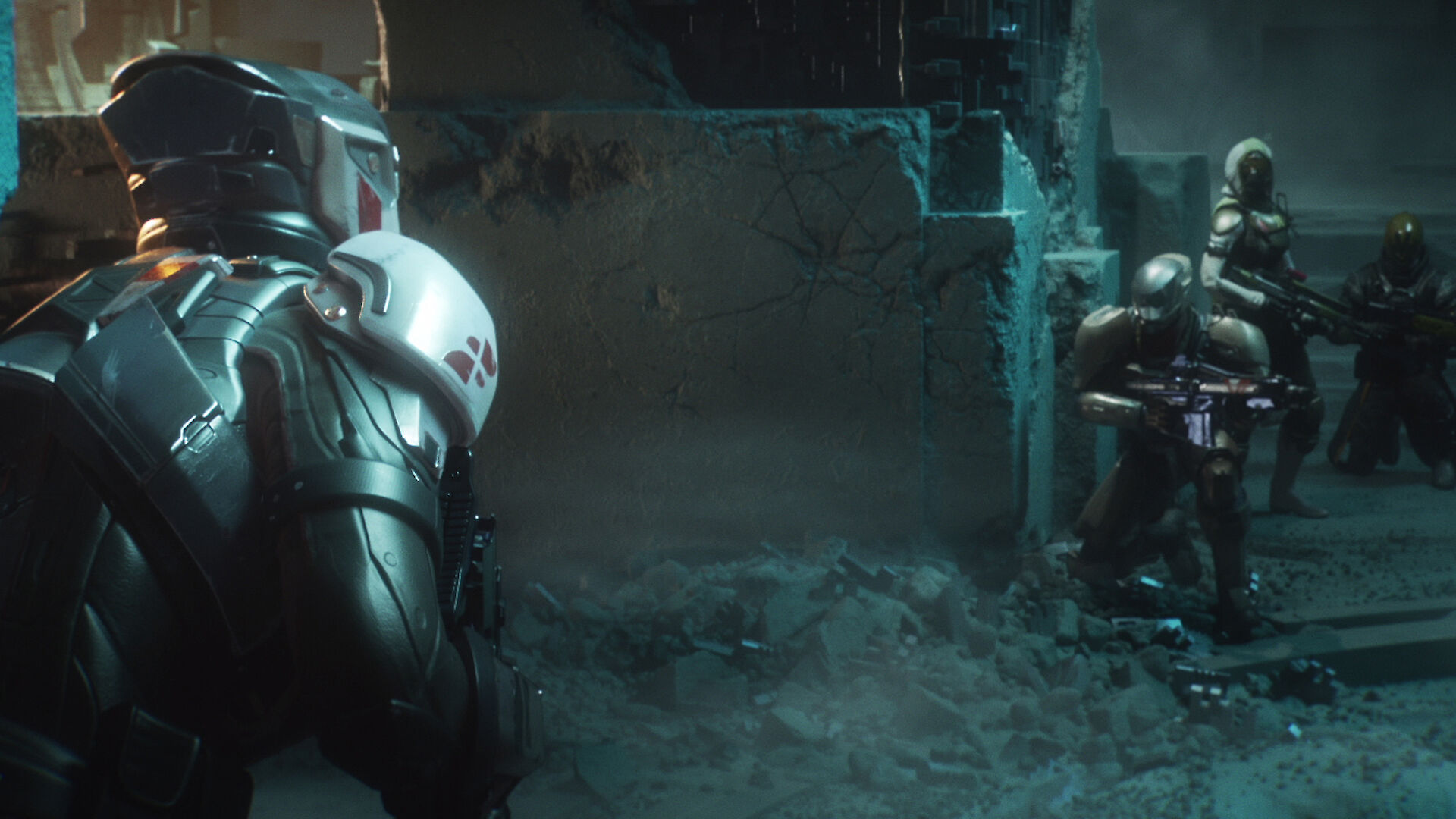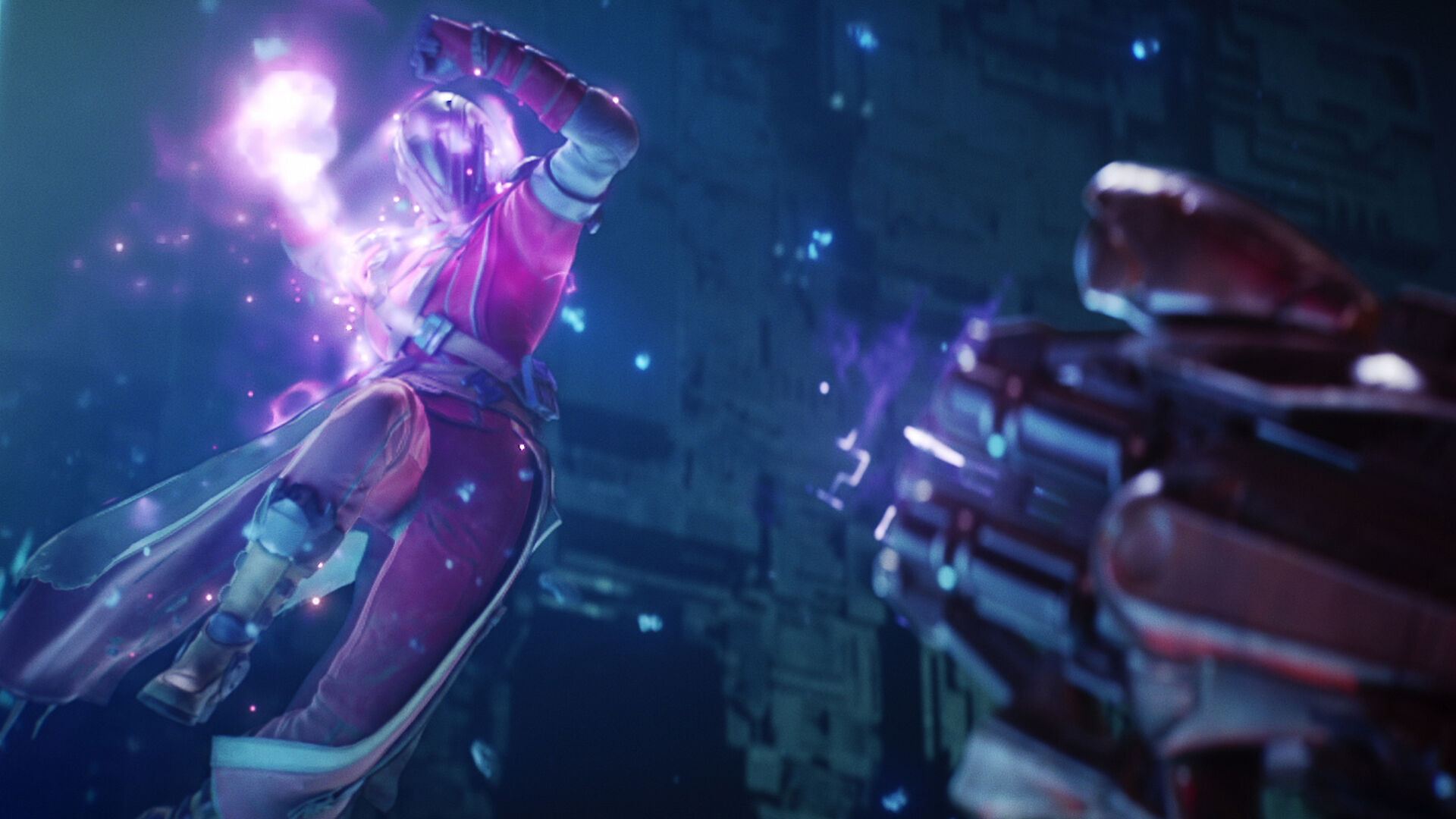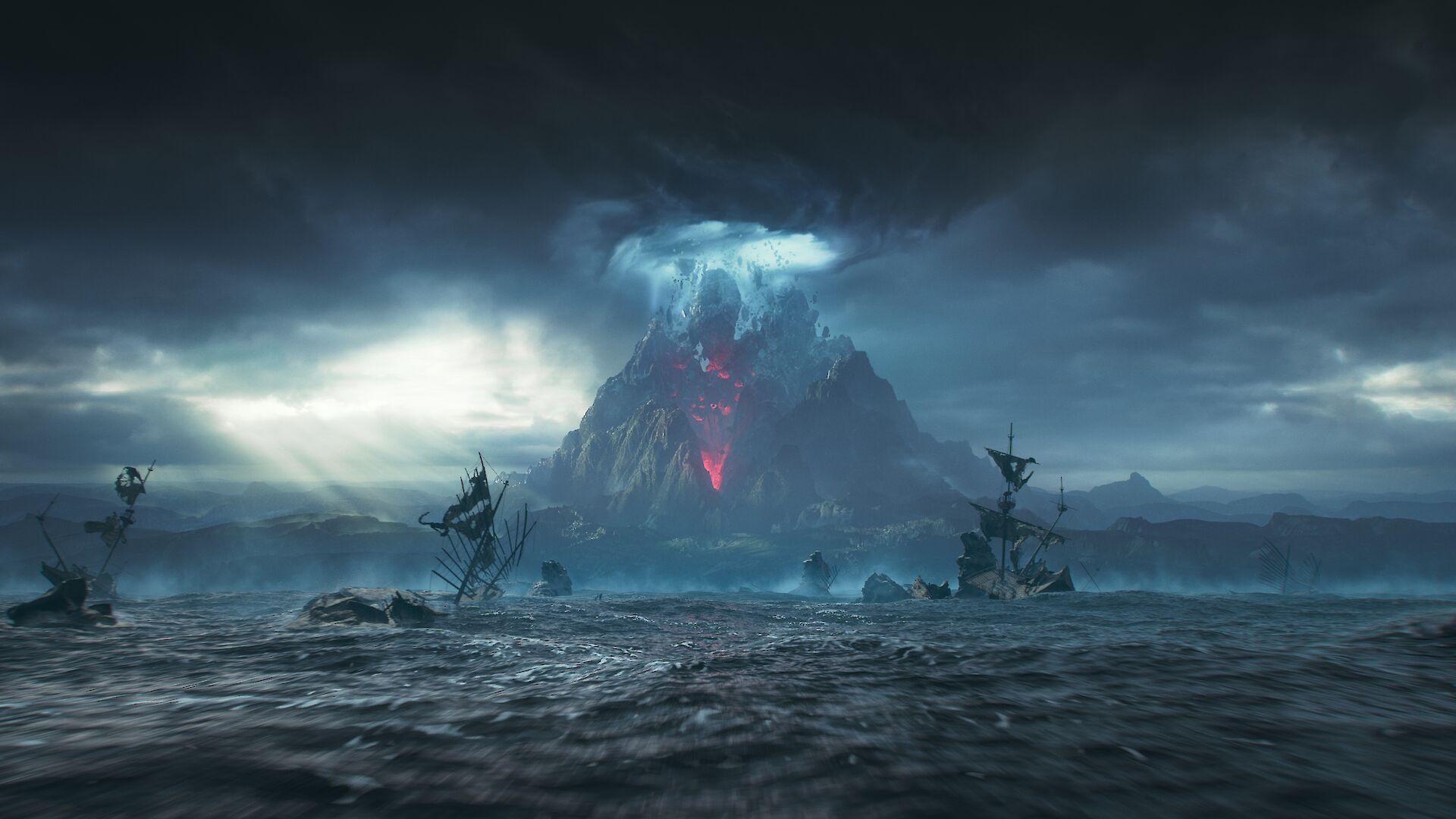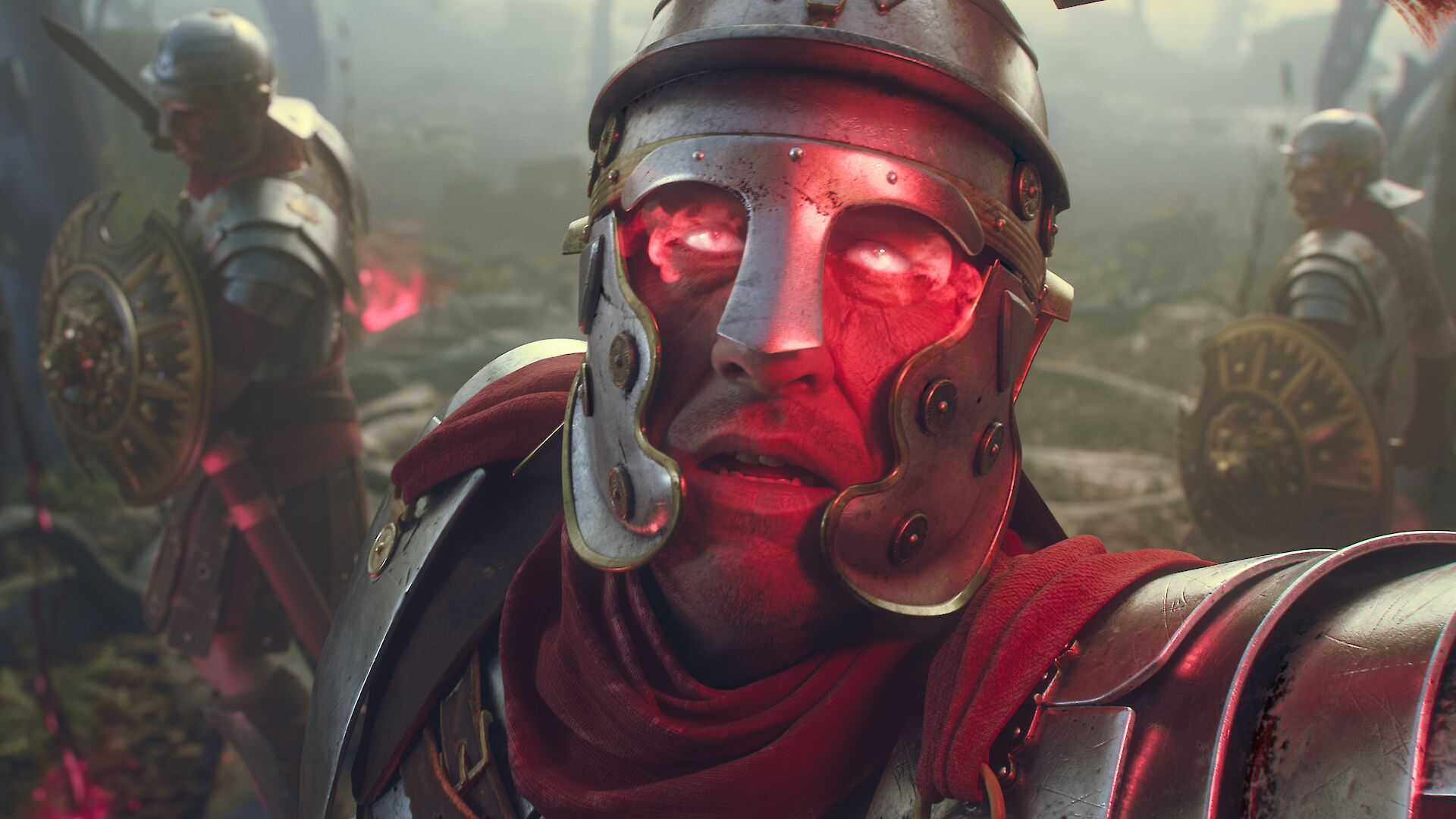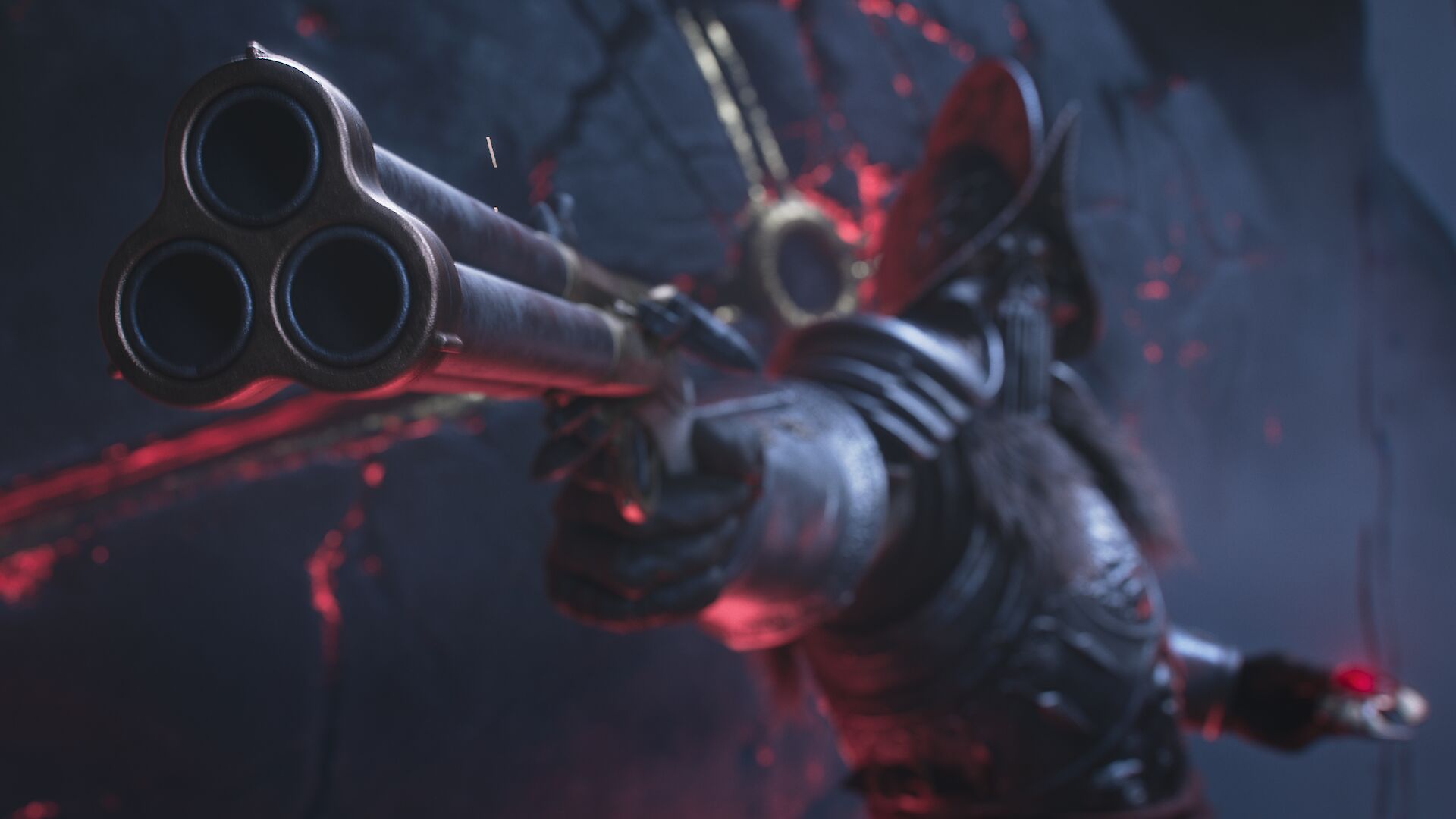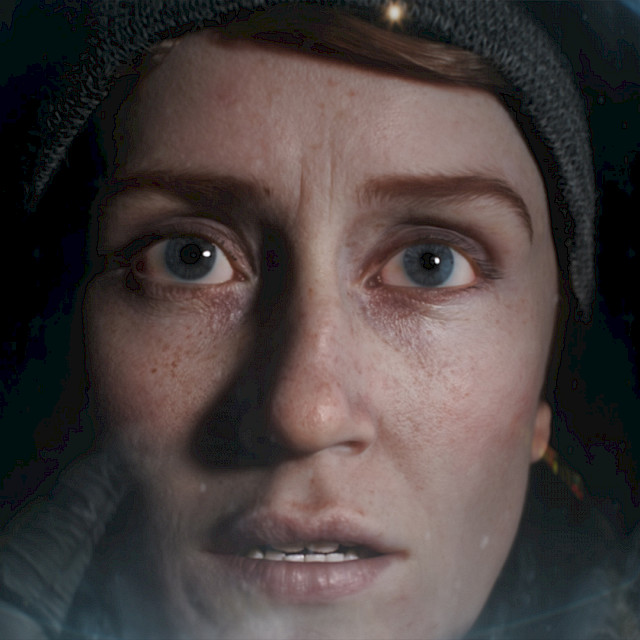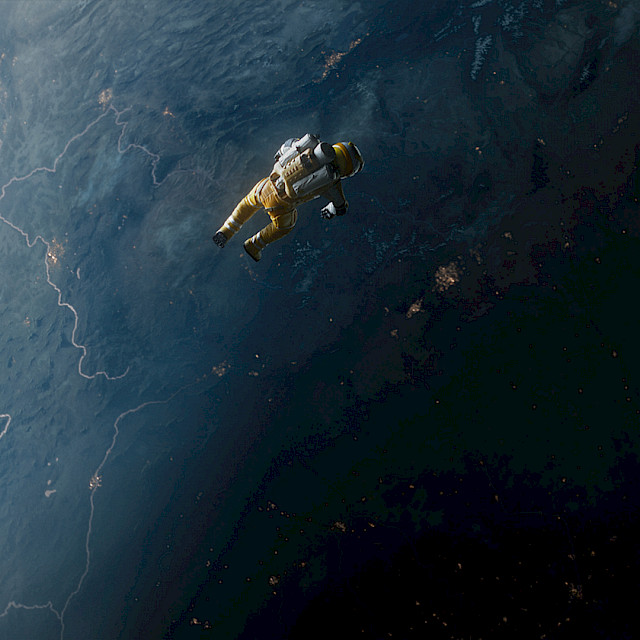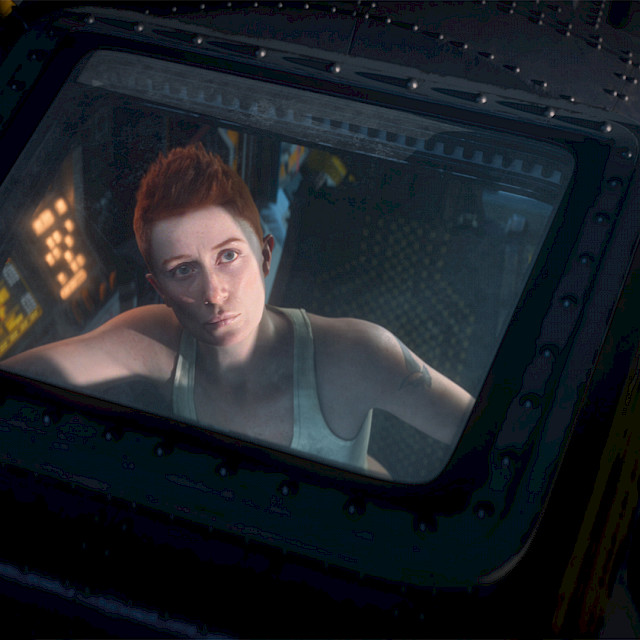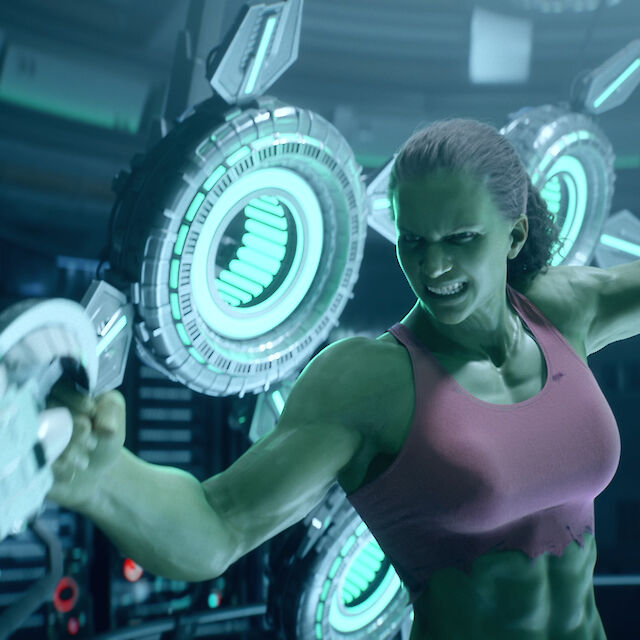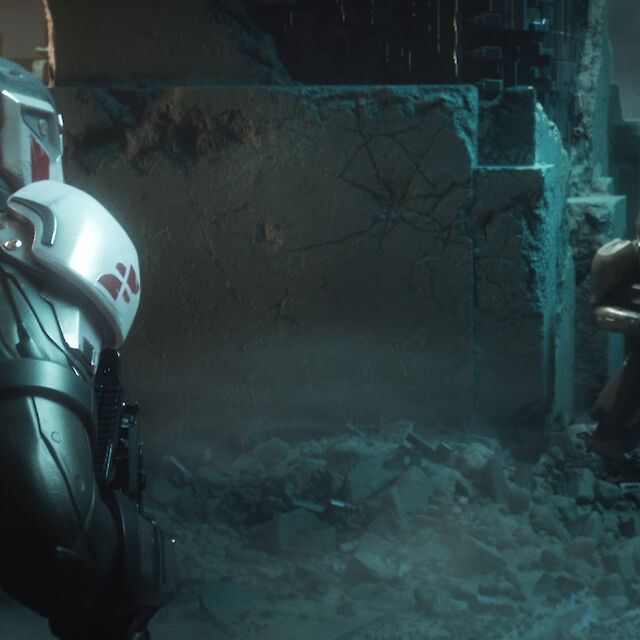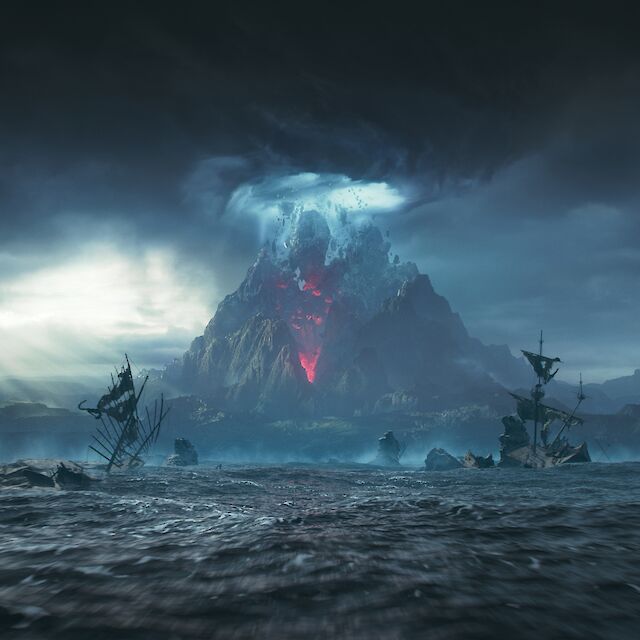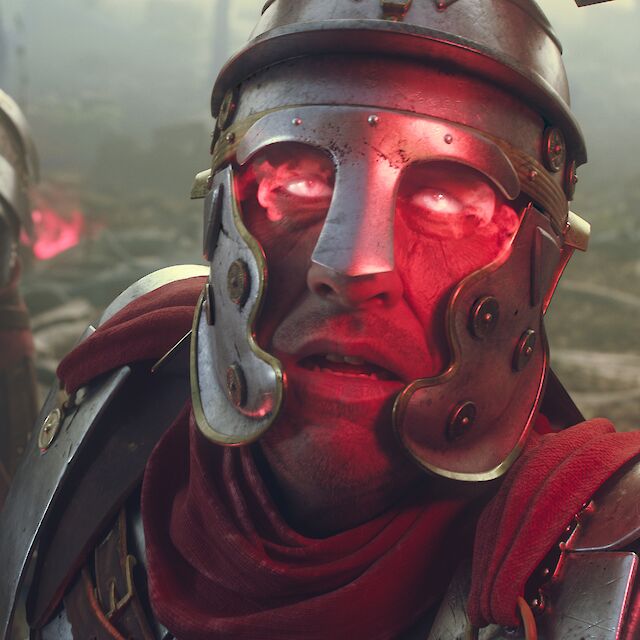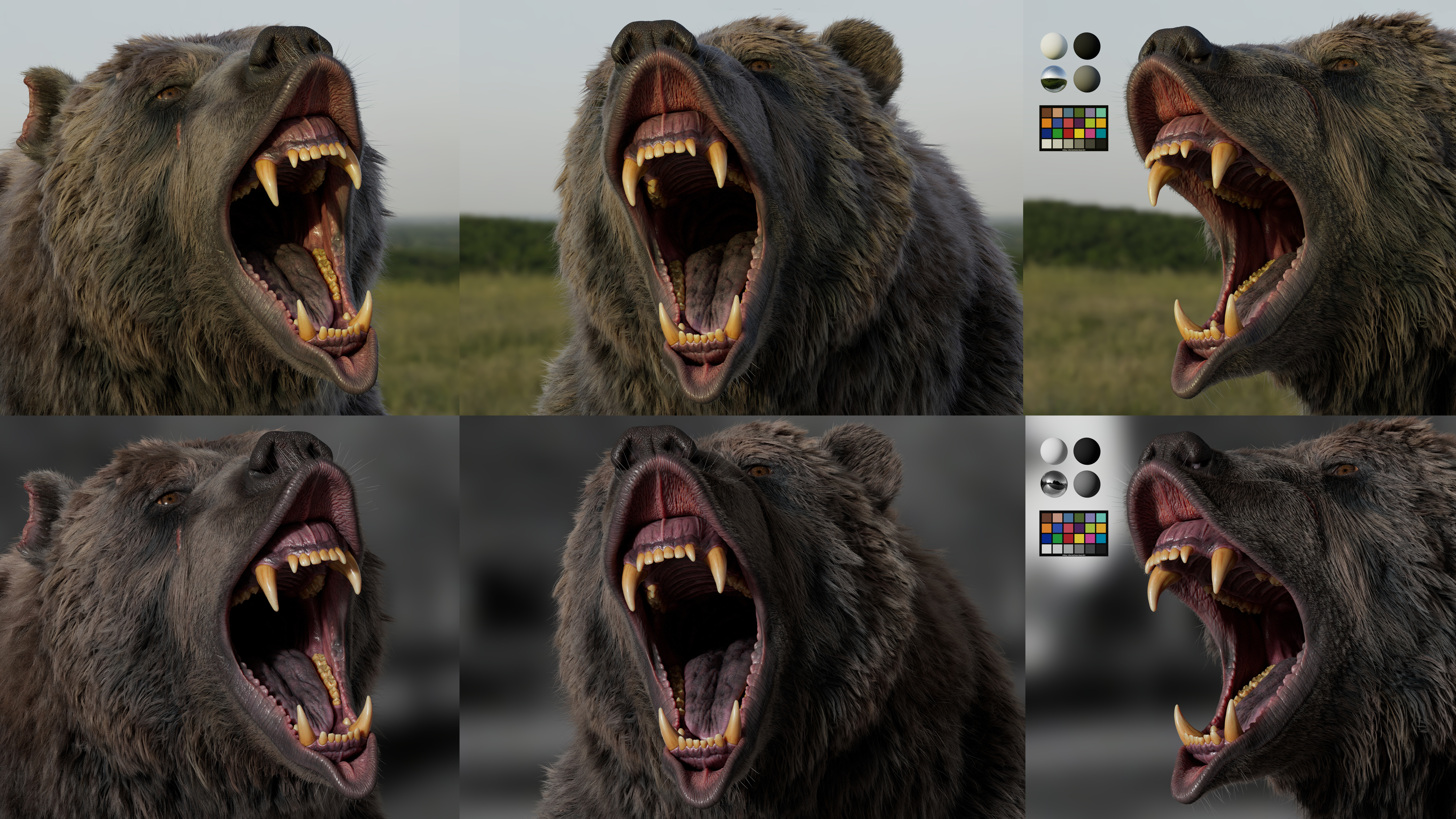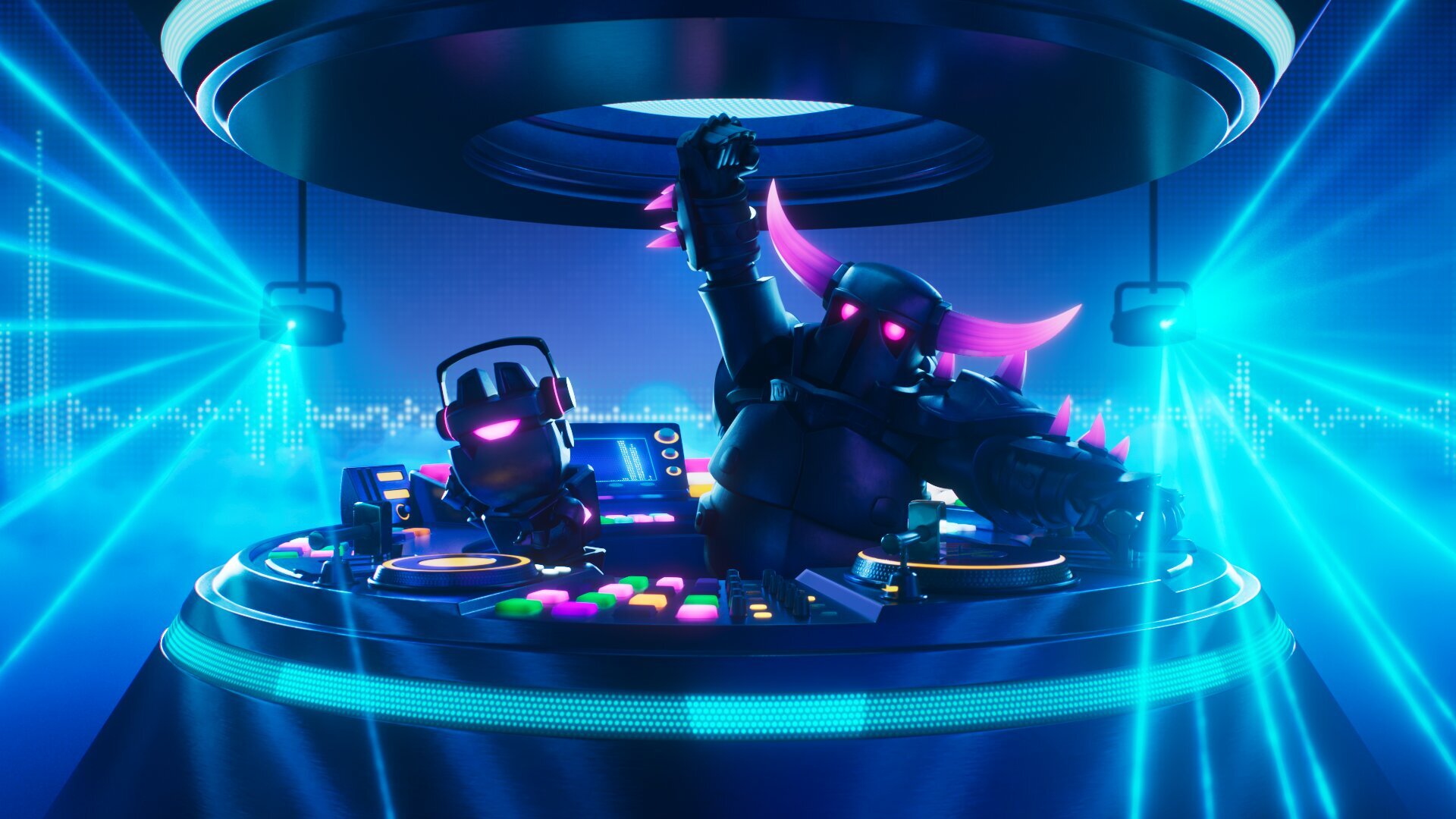We caught up with Axis director Jon Yeo to discuss his career journey, and his experience directing the BAFTA-winning episode 'Helping Hand' from Netflix's Love Death and Robots.
What is your professional background and what brought you to Axis?
I worked as a Director in TV and Advertising for many years, which I enjoyed and still enjoy greatly. But I would often look longingly at the type of work studios like Axis Studios were making - particularly in the video games space. Games in particular attracted me because the industry had matured to the point where campaigns had stellar budgets and production values, bringing wild ideas and fantastical stories to global audiences. It’s also been interesting to work on films that are part of Museum journeys, and immersive ’location based entertainment’ experiences at Theme Parks. Part of the attraction of all this type of work is that it’s not as transient as TV and Ad campaign work, which typically only has a couple of weeks lifespan.
What films/TV series have inspired you the most in the past year?
Undone, Russian Doll, The Boys, The Dark Crystal: Age of Resistance, Succession, Suspiria, Chernobyl, Watchmen, Joker, 1917, Parasite, Color Out of Space, Love Death + Robots!
You directed the BAFTA winning 'Helping Hand' - what was most challenging about this project?
I think one discipline was to keep the filmmaking relatively stripped back and minimal, along with an efficiency to the story telling. The film has one character, one location and one predicament. So the task is to set up the character and situation with just enough and not too much. We need to care about the character, predicament and the outcome even though there’s only a couple of minutes of set up. Another challenge was figuring out believable staging, as our character is adrift in zero gravity and must improvise with some drastic newtonian mechanics. So there was a bit of figuring out to do there.
Another temptation to reign in was to resist getting too carried away with ‘cool’ sci-fi designs. To best service this story, all the design needed to be dialled down to the everyday and unglamourous end of the spectrum. It’s less of a science fiction short and more an isolation thriller, so dialling down the sci-fi tropes helped minimise distractions from the real crux of the story. We kept the colour palette of the film really focussed and distilled for the same reason, and kept everything feeling ‘grounded’ in realism, even though it’s based in orbit.
We challenged ourselves to build in some easter eggs and references into the film. One cut in the film is a play on ‘In Space No One Can Hear You Scream’, which was the tag line to the original ALIEN. Another is a reference to ‘ LV-426’, codename for the colony moon in ALIENS, and the designation number of the faulty satellite in Helping Hand. A lesser spotted reference is to a scene in David Fincher’s ‘SE7EN’, in which many pine scented air fresheners hang from a ceiling and a character unexpectedly coughs. In the final scene of Helping Hand we see a ‘Tall Pines’ air freshener in the cabin before Alexandria unexpectedly coughs and enters our line of sight - a nod to the scene in Fincher's film, who was an Exec Producer on Love Death + Robots.
What career advice would you give to your younger self?
Keep paying attention to what your creative curiosity draws you towards, keep visualising your aspirations with focus and never stop pursuing them with passion.
If you could be any animated character for one day, who would it be and why?
I would be David McKee’s ‘Mr Benn’ for one day. A particularly inspiring animated character from my childhood. Mr Benn would go through a magical door in a fancy dress shop, each time going on a mind bending, time-travelling quantum trip. Mr Benn represented the endless potential of animated escapism so purely.
